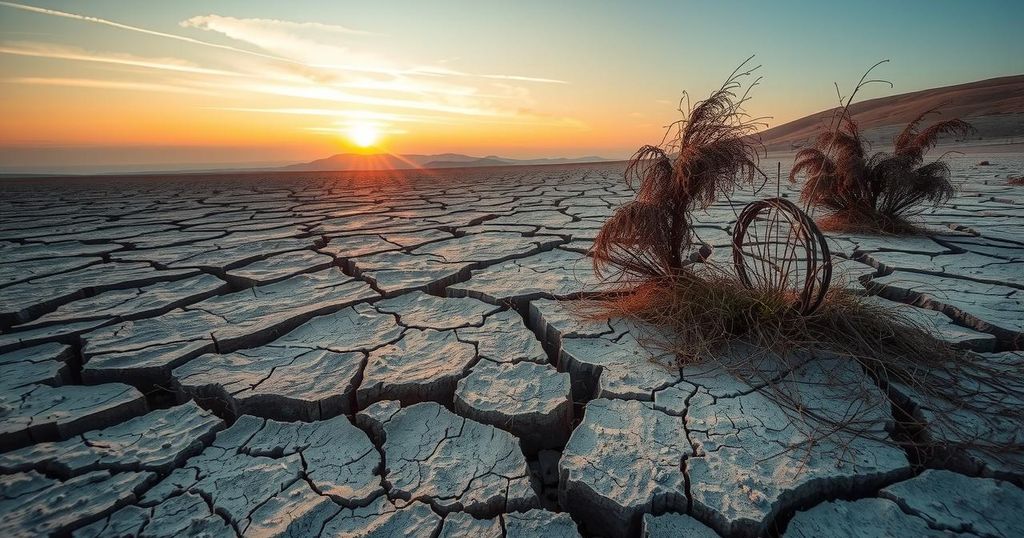The Impact of Climate Change on Drought Conditions in Eurasia

Recent research utilizing tree ring data from the Great Eurasian Drought Atlas has revealed that modern drought conditions in Eurasia are significantly influenced by climate change rather than just natural variability. The study suggests that while some regions are becoming drier, others are experiencing increased moisture, indicating varied impacts of warming on hydroclimates across the continent.
Determining the extent to which global drought conditions are influenced by natural hydroclimatic variability versus climate change presents a challenging endeavor. Researchers rely on intricate computer models to simulate historical climate fluctuations and detect unprecedented droughts, identifying key drivers like temperature, precipitation, and land use modifications. However, these models may contain biases that compromise the accuracy of drought assessments in specific areas.
Tree rings, which exhibit growth patterns correlating with climatic conditions, provide a valuable alternative to model-based hydroclimate reconstructions. In their exploration of drought effects across Europe and Asia, Marvel et al. utilized tree ring data found in the Great Eurasian Drought Atlas (GEDA), encompassing records from thousands of trees spanning 1000 to 2020 CE.
The research team categorized GEDA data according to the geographic regions outlined by the Intergovernmental Panel on Climate Change’s Sixth Assessment Report. By analyzing tree ring data from 1000 to 1849, they estimated preindustrial averages of the Palmer Drought Severity Index (PDSI) for each region and examined these variations against modern PDSI values from 1850 to 2020.
Findings revealed that contemporary changes in PDSI in numerous regions are better explained by increasing global temperatures rather than solely arising from natural variability. The study indicates a trend towards drier conditions in eastern Europe, the Mediterranean, and Arctic Russia, whereas northern Europe, east central Asia, and Tibet are becoming wetter.
While acknowledging that factors beyond climate variability may influence tree rings, the researchers assert that these effects are minimal. The GEDA database is generally derived from strategically selected sites and tree species predominantly affected by climatic factors, thereby supporting the robustness of their results.
The study conducted by Marvel et al. demonstrates that modern drought conditions across Eurasia are largely attributable to rising global temperatures rather than solely to natural climatic variability. This research highlights significant regional shifts in moisture levels, with areas like eastern Europe and the Mediterranean experiencing increased dryness, whereas others such as northern Europe and Tibet are becoming wetter, thus reflecting a complex interplay between climate change and regional hydrology.
Original Source: eos.org






